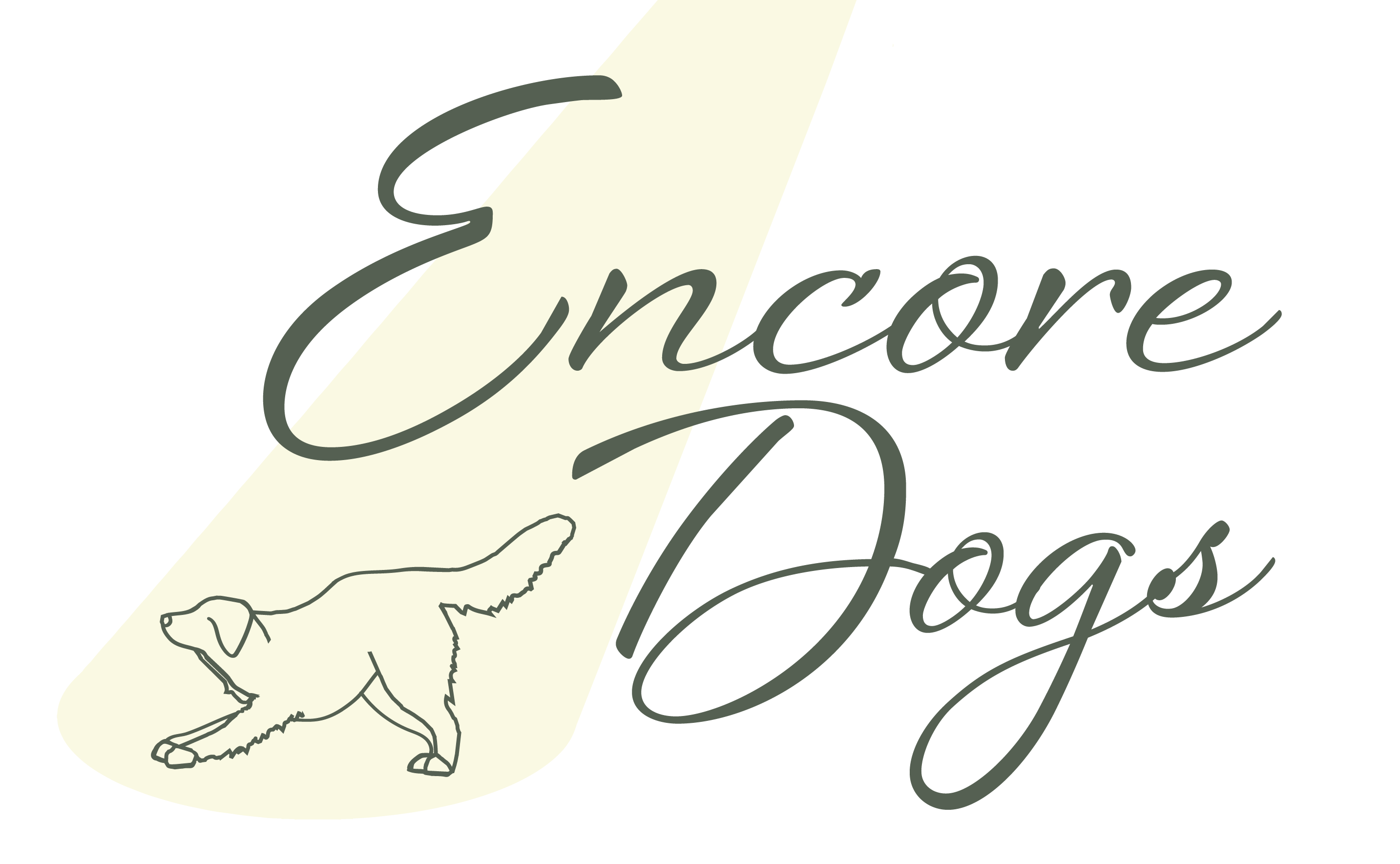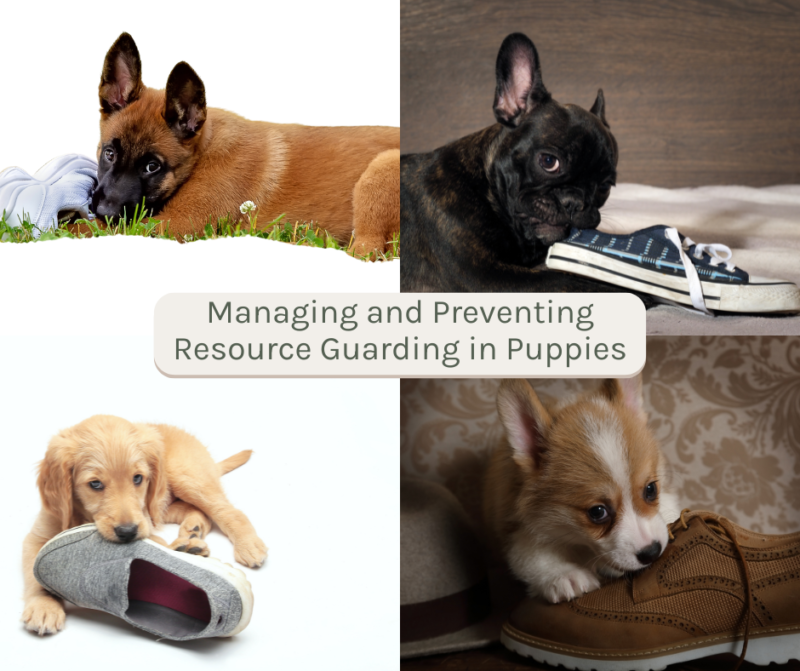


As a new puppy owner, there are countless things to worry about. From potty training to finding the right kit and food, it can sometimes feel overwhelming. However, one issue that often goes unnoticed is resource guarding. This is when a dog displays behaviours like growling, lunging, and biting to keep a person or other dog away from an item they deem valuable. This item could be anything from a yummy chew to your shoe to a piece of rubbish they find on the street. This can result in an unsafe environment for the owners and the dog. This article is a quick overview of how to prevent and manage this behaviours with your new puppy.
Prevent
Prevention is key with all training, and especially applies to resource guarding. If we can prevent ‘unwanted’ behaviours from occurring, then we can avoid having to manage and train a more complicated issue down the line.
Trust is a vital component when it comes to bringing a new puppy into your home and plays a role in preventing resource guarding. If our puppy does not trust us to keep them safe or expects us to take everything away from them, then the relationship between owner and puppy deteriorates and ‘unwanted’ behaviours develop. As we are specifically discussing resource guarding, building trust and respect around food, toys and other items needs to start from the moment you bring your new puppy home.
A great way to build trust with your puppy around valuable items is to teach them that hands come to give, not take or the ‘trade-off’ technique.
Trade-Off Technique
Another prevention technique I advise for all puppy owners is to avoid the chase. When your puppy picks up something they are not meant to have, like a sock for example, our instinct is to chase them. Dogs generally love a chase game. If picking up a ‘forbidden’ item means they get our attention and cue a chase game, then they are more likely to pick up other items next time!
If your puppy does pick up a ‘forbidden’ item:
If you struggle applying these techniques or your puppy already has a habit of taking items, consult a force-free training professional.
Manage
Like prevention, managing the home environment can extinguish the chance of ‘unwanted’ behaviours developing. Be cautious and vigilant when letting your puppy roam freely throughout the house. Scan the room for any items that could be picked up. Keeping the house clean and tidy not only helps stop a curious puppy getting in to trouble, but also stops you worrying about what could have been left out.
A key component to management is your puppy’s access around the house. I do not advise for puppies to be freely roaming around with little to no supervision. Having a safe space your puppy can stay in when not fully supervised and unwavering supervision when they are exploring the house is essential for developing good habits.
Another component of management is understanding your puppy’s body language. Often people will say their puppy growled ‘out of nowhere’ when they tried to take something away, but there have likely been subtle body language cues that the puppy was displaying before growling to indicate to the owner that they were uncomfortable. Our job is to listen and respect our puppies when they are trying to tell us something and the best way to do that is to understand these subtle body language cues.
Some common cues you will see when a puppy has a high value item are:
As a new puppy owner, it is crucial to be aware of the potential pitfalls that can arise if resource guarding is left unaddressed. By understanding the ‘why’ of these behaviours, we can take the necessary steps to prevent and manage them. If you are feeling overwhelmed, working with a professional force-free trainer and attending Puppy School classes can provide the valuable guidance and support needed to create a safe and trusting environment for both you and your puppy.
If you are based in West London, get in touch via encoredogs.com 🙂